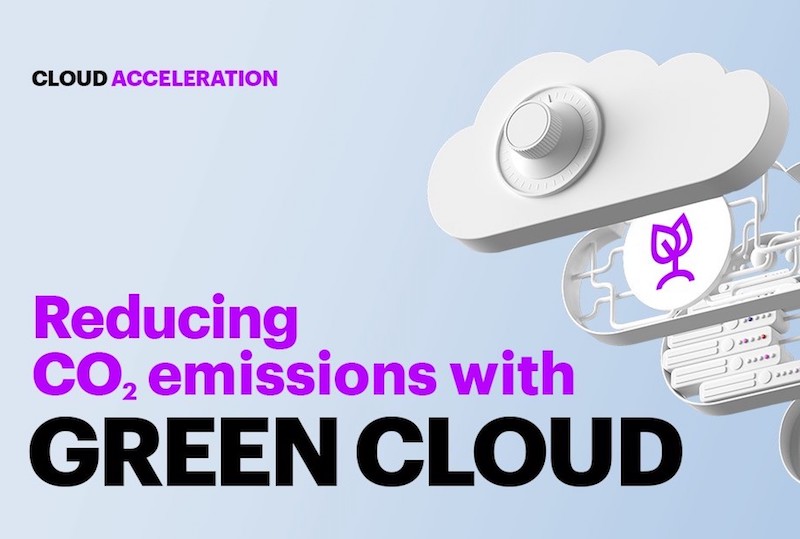Cloud migrations can reduce CO2 emissions by nearly 60 Million tons a year, Accenture research shows

Migration to the public cloud can achieve significant carbon reduction in the form of a 5.9% decrease in total IT emissions or nearly 60 million tons of CO2 globally per year, which is the equivalent of taking 22 million cars off the road, according to new research from Accenture.
Informed by proprietary Accenture analysis based on its experience supporting sustainable cloud migrations for hundreds of clients globally, the report — The Green Behind the Cloud— outlines how companies can achieve the most value from environmentally-friendly use and operation of cloud services, regardless of where they are on their cloud journey.
Businesses are facing more pressure to solve large socioeconomic challenges and shift toward more responsible and sustainable practices while boosting profitability. The latest Accenture Strategy-UNGC study found 59% of CEOs say they are deploying low-carbon and renewable energy across their operations today while 44% see a net-zero, carbon neutral future for their company. Moreover, two-thirds view technologies like cloud as critical factors for accelerating change and making their commitments a reality.
“Sustainable cloud can deliver a double helix effect of shareholder and stakeholder value by simultaneously reducing costs and carbon emissions,” said Peter Lacy, a senior managing director and global sustainability lead at Accenture. “Further, the magnitude of carbon reduction achieved through cloud migrations can go a long way in meeting climate change commitments and drivingnew levels of innovation, ultimately leading to a greener balance sheet and a greener planet.”
Adding to the significant environmental impact, sustainable cloud solutions deliver key financial benefits. Accenture’s analysis, based on its work with clients, shows up to 30-40% total cost of ownership savings from public cloud, driven by greater workload flexibility, better server utilization rates and more energy-efficient infrastructure. According to the report, the sustainability and financial benefits from cloud migration will vary based on three key factors: thecloud provider selected, the ambition level for cloud optimization, and the level of cloud-enabled sustainability innovations.
“Companies are rapidly moving to the cloud for innovation and cost-savings, and sustainability must also be considered as a primary driver,” said Paul Daugherty, group chief executive – Technology and chief technology officer for Accenture. “However, there is no one-size-fits-all approach to sustainable cloud journeys — companies must understand the migration, design, and engineering decisions that will directly determine how sustainable their solutions are and the benefits they drive.”
When it comes to cloud optimization, the report outlines three ambition levels in the cloud first sustainability journey:
-
strategic migrations without major redesign,
-
application of sustainable software engineering practices,
-
and application optimization for the “fabric of the cloud.”
Accenture analysis shows initial cloud migrations alone can reduce carbon emissions by more than 84% compared with conventional infrastructure. Reductions can be pushed even higher — by up to 98% — by designing applications specifically for the cloud. To get a current cloud CO2 emission score and recommendations to reduce carbon footprint, Accenture provides a Green Cloud Advisor module as part of its myNav platform for clients interested in boosting their green index goals.
The report arrives on the heels of the company’s announcement on the formation of Accenture Cloud First with a $3 billion investment over three years to help clients across all industries rapidly become “cloud first” businesses and accelerate their digital transformation to realize greater value at speed and scale.






